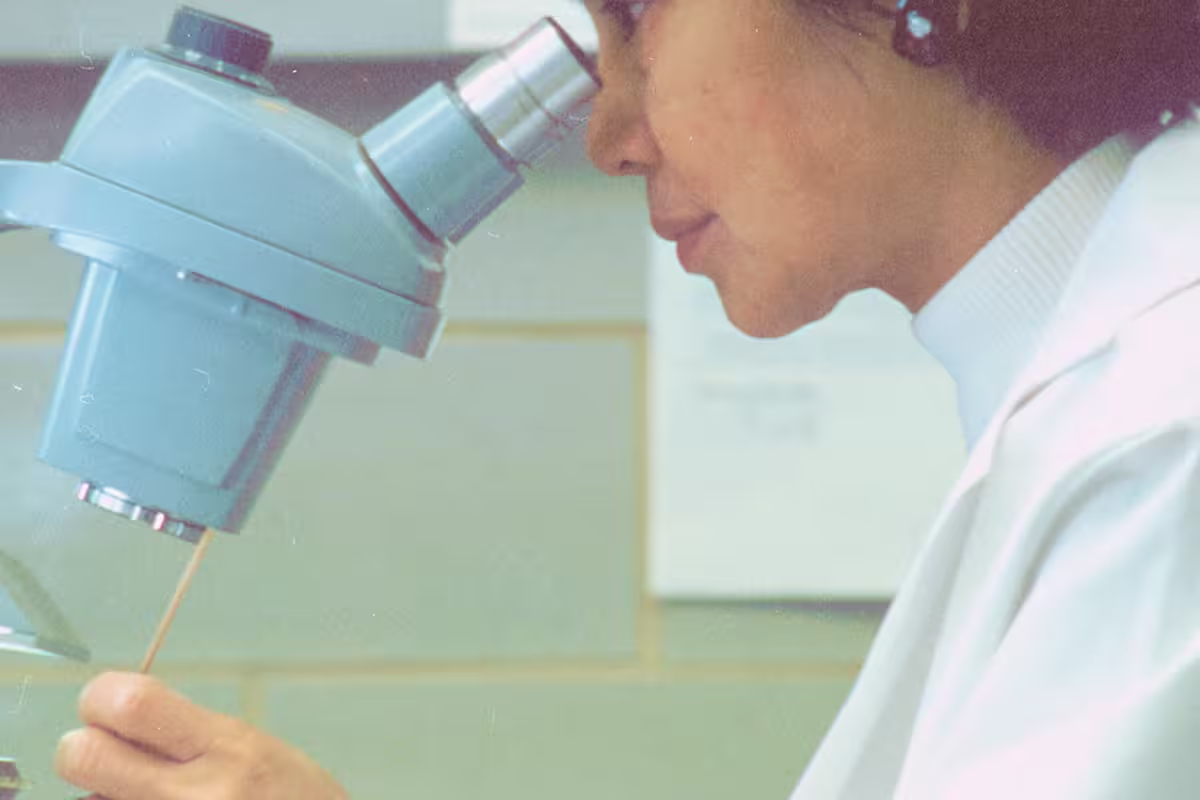

How Often Can You Take Fluconazole for a Yeast Infection?
Learn everything you need to know about taking fluconazole for yeast infections, how often to take fluconazole, plus what to do if treatment fails.
Words by Olivia Cassano
Scientifically edited by Dr. Krystal Thomas-White, PhD
Medically reviewed by Dr. Sameena Rahman, MD
If you’ve ever found yourself dealing with back-to-back yeast infections you’ll know firsthand how frustrating it is to get rid of them. Maybe you tried over-the-counter treatments but your symptoms came back, so your healthcare provider keeps prescribing fluconazole. But is taking fluconazole all the time safe? Below is everything you need to know about taking fluconazole for yeast infections, plus what to do if treatment fails.
Treating vaginal yeast infections
A vaginal yeast infection, also known as vulvovaginal candidiasis or vaginal candidiasis, is a common fungal infection caused by the overgrowth of Candida, a type of yeast that normally lives in the vaginal microbiome in small amounts.
When the balance of bacteria and yeast in the vagina is disrupted, Candida can multiply, leading to symptoms such as itching, burning, redness, swelling, and a thick, white discharge.
Vaginal yeast infections are usually treated with antifungal medications, which come in the form of creams, ointments, suppositories, or oral tablets.
Fluconazole is a commonly prescribed oral medication used to treat fungal infections, including vaginal yeast infections. It falls into a class of azole drugs called triazole antifungals and works by stopping the growth of Candida.
Fluconazole targets an enzyme that is important for the production of ergosterol, a vital component of the yeast cell membrane. Without ergosterol, the cell membrane becomes weak and the yeast cells die, thus getting rid of the infection.
How to take fluconazole for a yeast infection
For most vaginal yeast infections, you only need a single dose of 150 mg of oral fluconazole. This convenience makes fluconazole a popular choice among healthcare providers and patients. In some cases, however, a doctor might prescribe a second dose to be taken 72 hours after the first, especially for more severe or recurrent infections.
How often can you take fluconazole?
While a single dose of fluconazole is typically effective for treating a yeast infection, a healthcare provider should guide the frequency of use. Your doctor might recommend a different dosing schedule for recurrent infections.
If you have recurrent vulvovaginal candidiasis (RVVC) — meaning you've had three or more yeast infections in a year — the Centers for Disease Control and Prevention (CDC) suggests a typical treatment plan might start with a strong initial therapy phase and then move to a maintenance phase with weekly fluconazole doses for six months.
However, it’s crucial not to self-medicate or take fluconazole more frequently than prescribed, as inappropriate use can lead to (temporary) side effects, including:
- Headache
- Nausea
- Stomach pain
- Diarrhea
- Dizziness
- Skin rash.

Recurrent symptoms? Get Evvy's at-home vaginal microbiome test, designed by leading OB-GYNs.
Antifungal resistance
One significant concern with frequent or improper use of antifungal medications is the development of antifungal resistance — fungi develop the ability to defeat the drugs designed to treat them. That means the germs’ growth can’t be contained.
Just as bacteria can become resistant to antibiotics, Candida can become resistant to antifungal drugs like fluconazole. About 7% of all Candida blood samples tested at the CDC are resistant to fluconazole. Although Candida albicans is the most common cause of yeast infections, resistance is most common in other species, particularly Candida auris, Candida glabrata, and Candida parapsilosis.
Resistant strains of Candida are harder to treat and may require alternative medications or combination therapy. To minimize the risk of resistance, it’s essential to use fluconazole and other antifungals only as directed by a healthcare provider.
What to do if fluconazole doesn’t work
If fluconazole doesn’t resolve your yeast infection, there are a few steps you can take:
- Re-evaluate the diagnosis: Ensure the symptoms are indeed caused by a yeast infection and not another type of vaginal infection like bacterial vaginosis or trichomoniasis, which require different treatments.
- Test for resistance: Your healthcare provider might perform tests to determine if the Candida strain responsible for your yeast infection is resistant to fluconazole. You can also take an Evvy Vaginal Health Test to uncover which strains of Candida are in your vaginal microbiome.
- Alternative treatments: Other medications, such as different antifungal or topical treatments may be prescribed.
- Address underlying conditions: Conditions like diabetes or immune system disorders can contribute to recurrent infections and may need to be managed alongside the yeast infection treatment.
FAQ
How many times can you take fluconazole for yeast infection?
How often you take fluconazole depends on why you're taking it, how severe your infection is, and whether your symptoms are going away. The usual dose of fluconazole for treating a vaginal yeast infection is a single 150 mg tablet taken by mouth. If your symptoms don't improve within three days, your healthcare provider may recommend taking another dose every three days, for a total of three doses. For recurrent yeast infections, your healthcare provider might suggest taking fluconazole daily for a longer period to better manage the infection.
Do I have to wait 72 hours to take another fluconazole?
Yes. If a single dose of fluconazole doesn't clear up your yeast infection, or the infection is severe, your healthcare provider may recommend taking three more doses of fluconazole, three days (72 hours) apart.
Is it safe to take fluconazole every week?
It depends! Taking oral fluconazole (at doses of 100 mg, 150 mg, or 200 mg) once a week for six months is the recommended maintenance plan for recurrent yeast infections. While this maintenance therapy is great at keeping recurrent vulvovaginal candidiasis under control, it may not completely cure it in the long run. With azole resistance in C. albicans becoming more common, it’s a good idea to get susceptibility tests if you still have symptoms and test positive for the infection even after maintenance therapy. Using high-dose fluconazole (400-800 mg a day) over a long period might be linked to a rare set of birth defects in babies whose mothers took the medication during the first trimester of pregnancy. This risk doesn't appear to be linked to a single, low dose of fluconazole (150 mg) used to treat vaginal yeast infections.
What happens if you take too much fluconazole?
Taking too much fluconazole can increase the chance of side effects like diarrhea, nausea, headaches, or stomach pain. In some cases, taking more fluconazole than you're supposed to may cause more serious side effects, like liver disease, seizures, heart rhythm disorder, or low white blood cell count. Long-term use of high-dose fluconazole has also been linked to birth defects if taken in the first trimester of pregnancy. Because of this, it's not recommended for people with a history of blood, heart, kidney, or liver problems, or people who are pregnant. But as long as you take this medication exactly as your doctor instructed, it's safe to take fluconazole. It's important not to take more than you're supposed to, not to take it more often, and not to take it for longer than your doctor told you.





